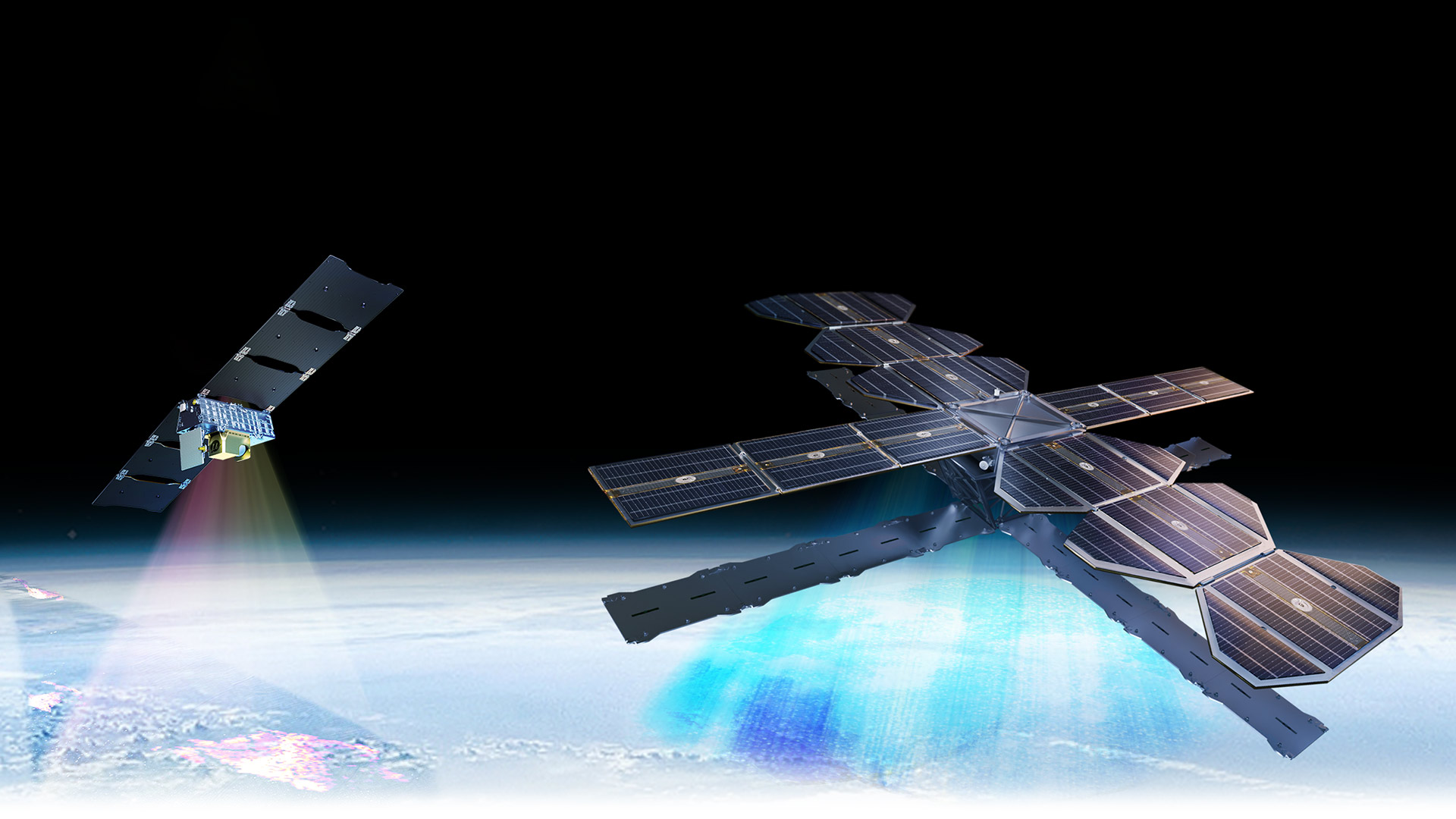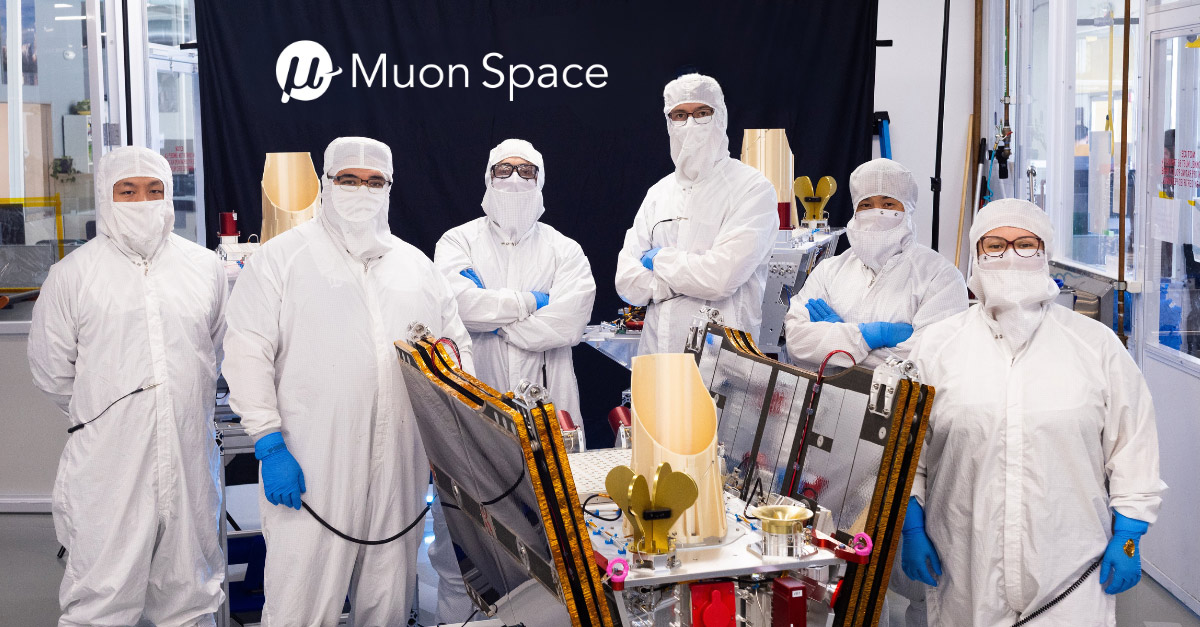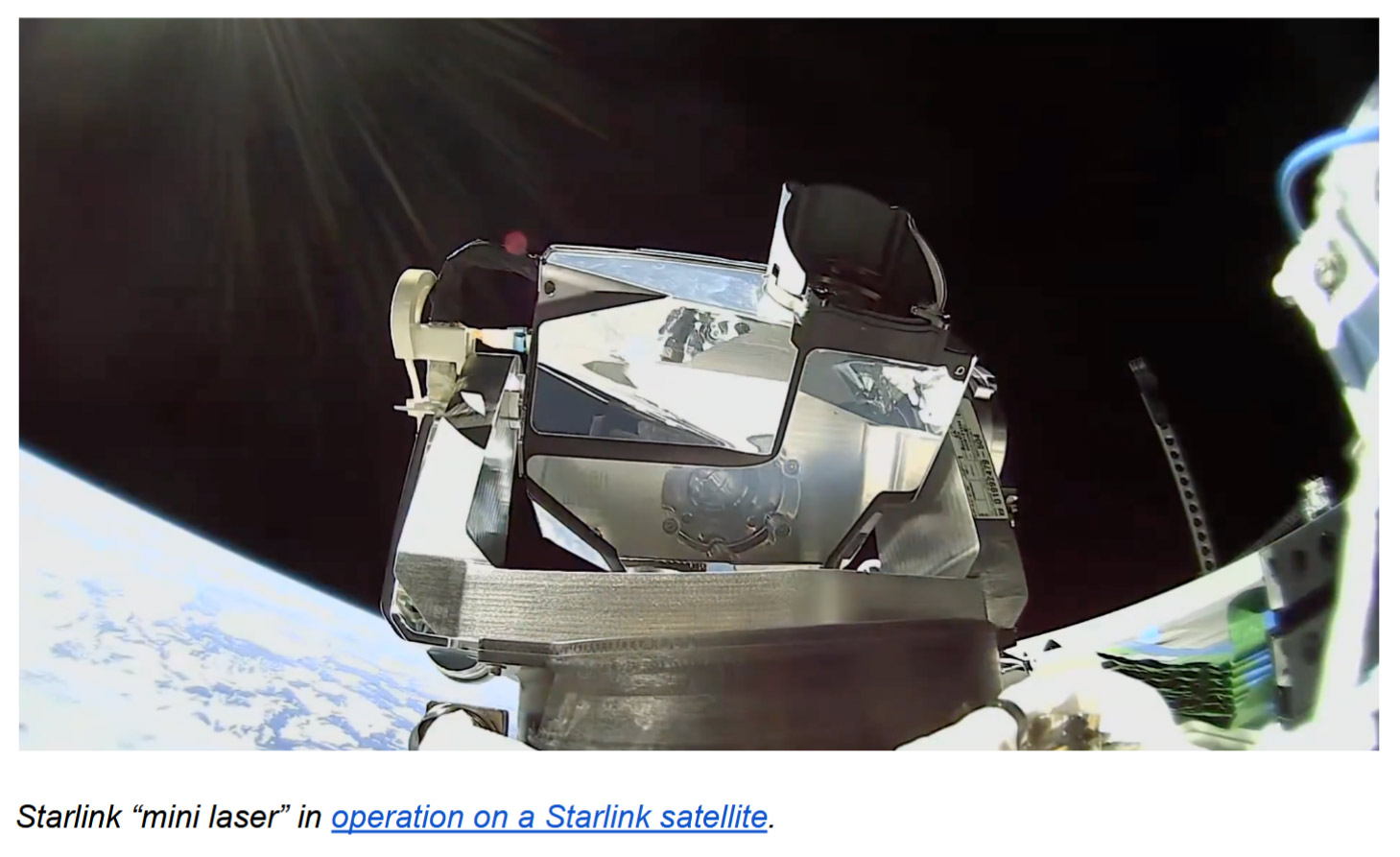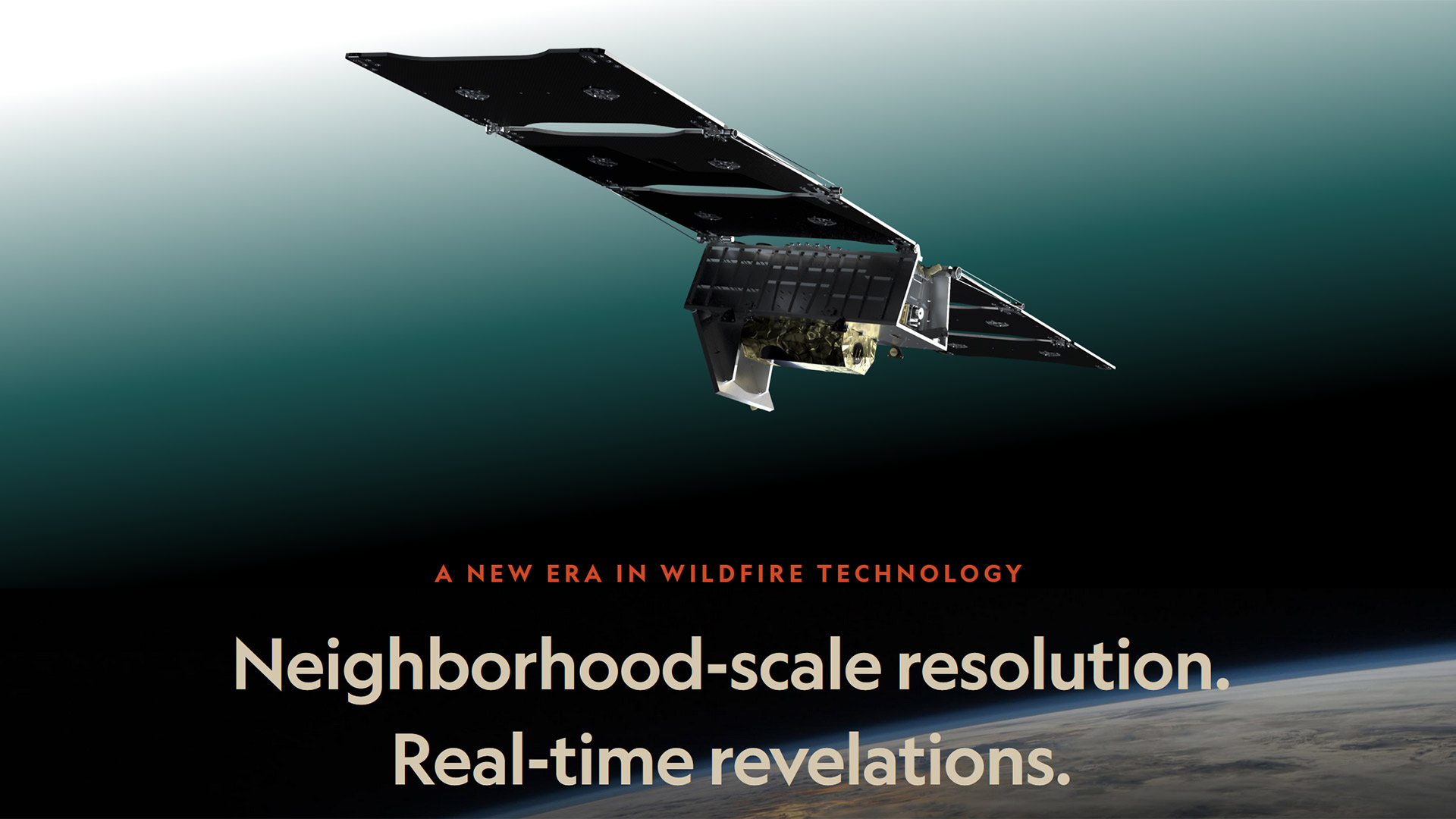Starlink and Muon fuse space lasers and satellites to deliver ‘industry-first’ persistent optical connectivity in orbit — will enable 25 Gbps data transfer at distances up to 4,000km
Traditional comms satellites rely on intermittent links with ground stations, but Muon Halo satellites will stay continuously connected with integrated Starlink Mini lasers.

Muon Space has announced a partnership with Starlink to establish an “industry-first [of] persistent optical connectivity in orbit.” In an email to Tom’s Hardware, the company revealed that the agreement marks the start of a new era where satellites function less like isolated machines and more like live, Internet-connected platforms in orbit.
Traditional communications satellites are hamstrung by a limited window of opportunity to transmit/receive data when orbiting over a ground station link. However, Muon Space will now be able to provide mission‑optimized satellite constellations, built on its Halo platform, integrated with SpaceX’s Starlink mini laser terminals.
Connecting to Starlink’s global network will allow Muon’s satellites to achieve link speeds of 25 Gbps at distances up to 4,000km for persistent, real-time access to their satellite constellations and data on-orbit. This can cut data feed latency “from an average of 20 minutes to near real-time,” asserts Muon.
“This is a sea change in how space systems operate,” said Pascal Stang, CTO of Muon Space. “With persistent optical broadband, Muon Halo satellites will move from being isolated vehicles to becoming active, real‑time nodes on Starlink’s global network. That shift transforms how missions are designed and how fast insights flow to decision‑makers on Earth.”
FireSat, preventing wildfire propagation on Earth
Muon indicates that one of the first beneficiaries of this laser-connected communications upgrade will be the non-profit Earth Fire Alliance.
Muon will leverage the Starlink mini space laser tech in missions like the FireSat constellation to provide “near instant alerts of new Ignitions” to enhance wildfire detection and monitoring activity on Earth. Catching these fires while they are still small can make a big difference, “ultimately preventing more large, disaster-scale fires,” reckons the Earth Fire Alliance.
This first example of the FireSat makes it easy to understand the benefits of this industry first, but there are many more commercial implications to the arrival of new, live, Internet-connected platforms in orbit. Muon underlines the potential of having ‘Data center–class pipelines’ in space for applications like “in‑orbit edge processing, enabling near‑real‑time data fusion, AI inference, product generation,” and more.
Get Tom's Hardware's best news and in-depth reviews, straight to your inbox.
Last but not least, the newly integrated Starlink / Halo platform will offer 99% uptime (brief handover ‘hops’) and security by design, asserts Muon. User traffic traverses Starlink’s satellite network in encrypted, mutually‑authenticated tunnels, with hardware‑anchored keys and customer‑controlled end‑to‑end encryption layered on top, explains the Muon PR.
Mission-optimized satellite constellations company Muon Space is already integrating Starlink’s mini laser terminals into current customer constellations and will be launching its first Starlink-enabled Halo satellite in Q1 2027.

Follow Tom's Hardware on Google News, or add us as a preferred source, to get our latest news, analysis, & reviews in your feeds.

Mark Tyson is a news editor at Tom's Hardware. He enjoys covering the full breadth of PC tech; from business and semiconductor design to products approaching the edge of reason.


